Case Number : Case 939 - 28th January Posted By: Guest
Please read the clinical history and view the images by clicking on them before you proffer your diagnosis.
Submitted Date :
The patient is a 68-year-old woman who takes medication for ocular rosacea. A shave biopsy is taken of asymptomatic, blue-gray, macular pigment on the left cheek.
Case posted by Dr. Mark Hurt
Case posted by Dr. Mark Hurt




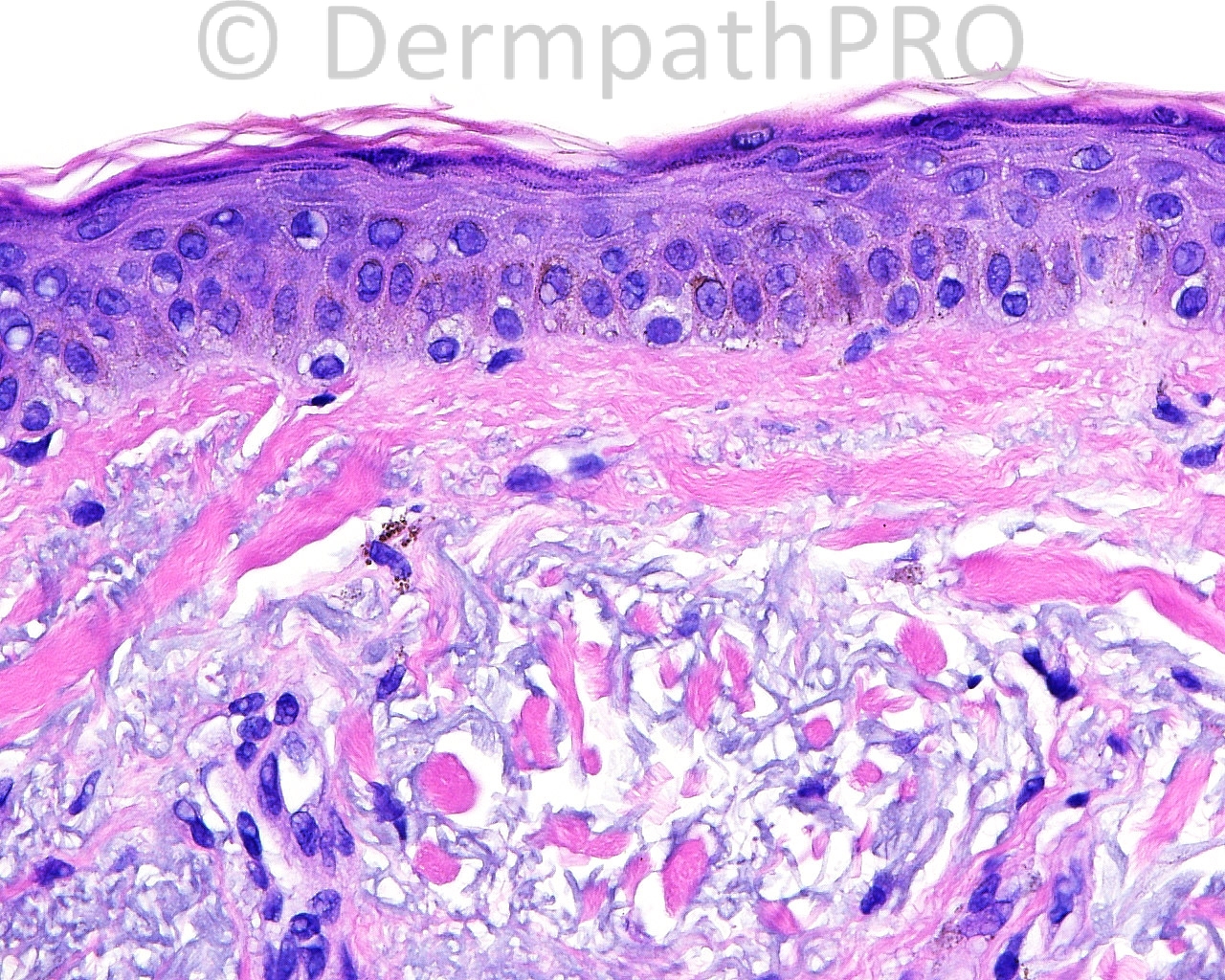
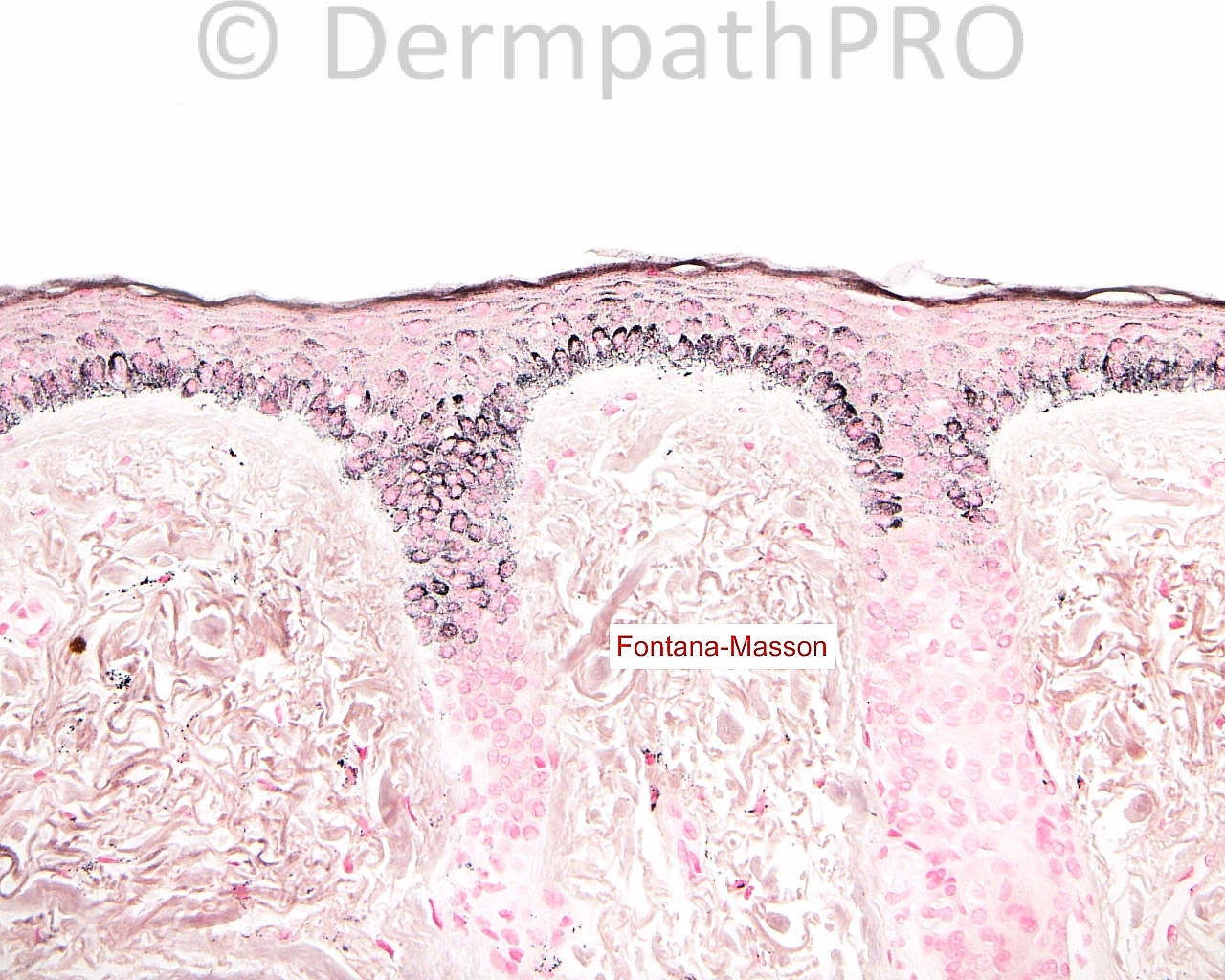
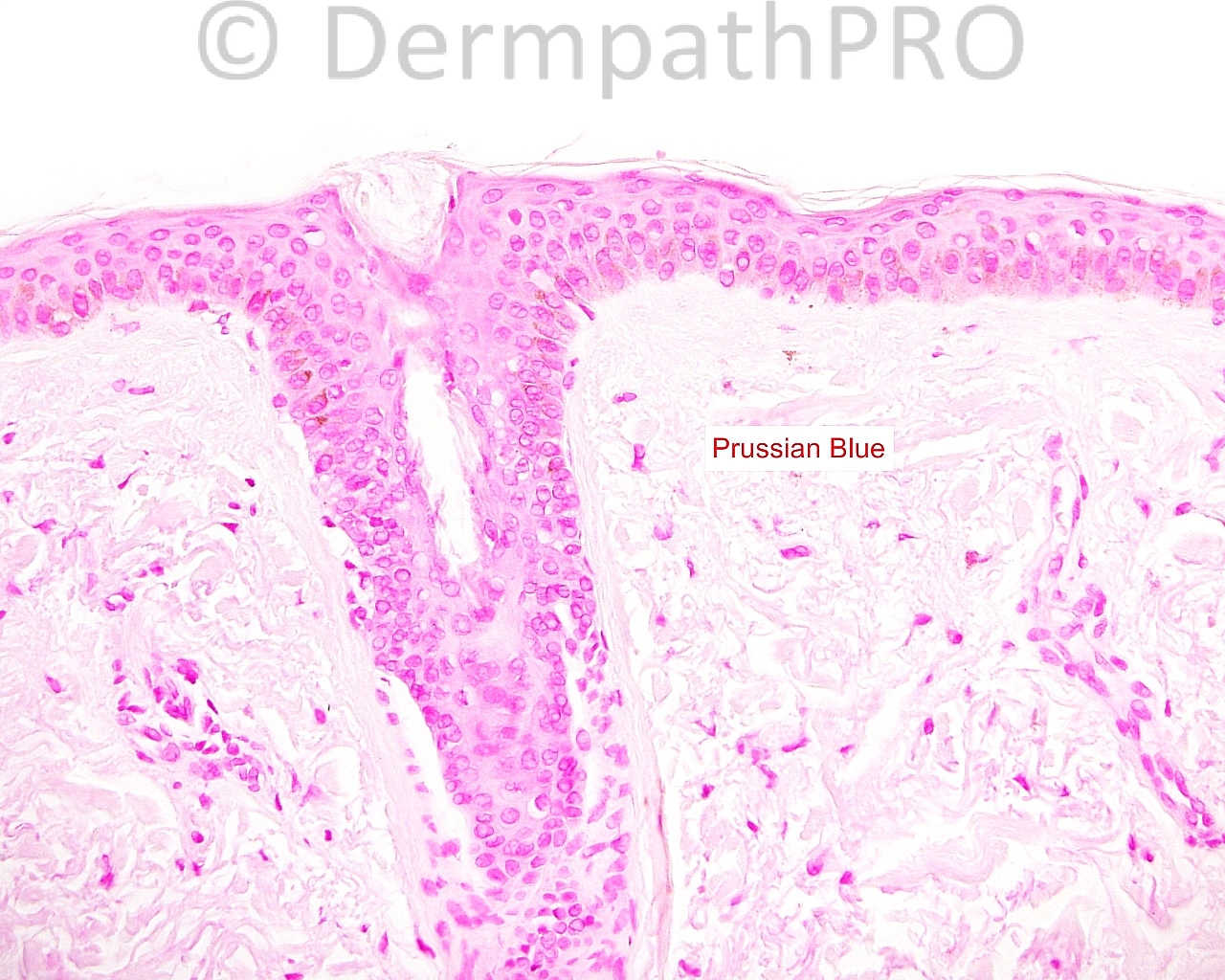
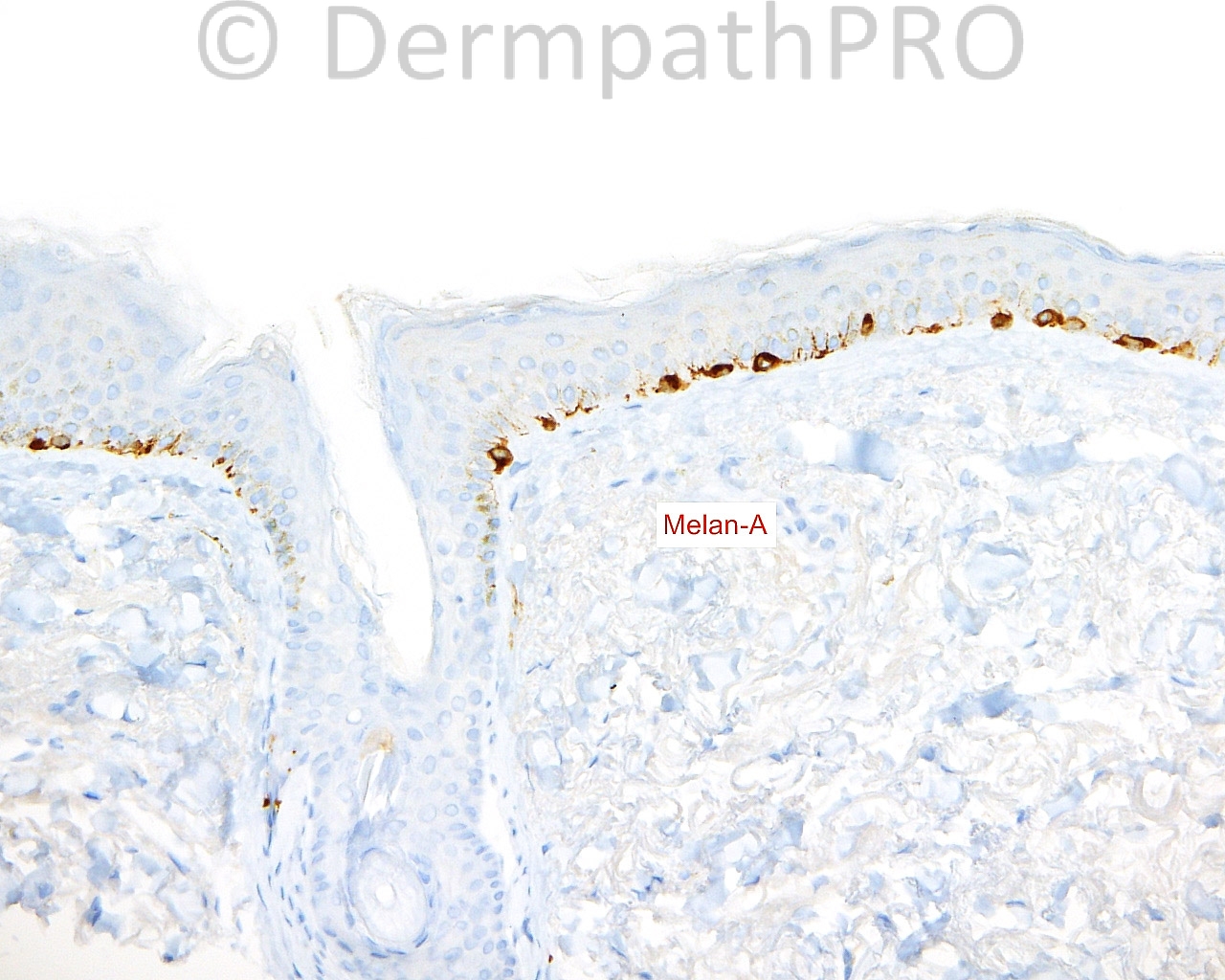
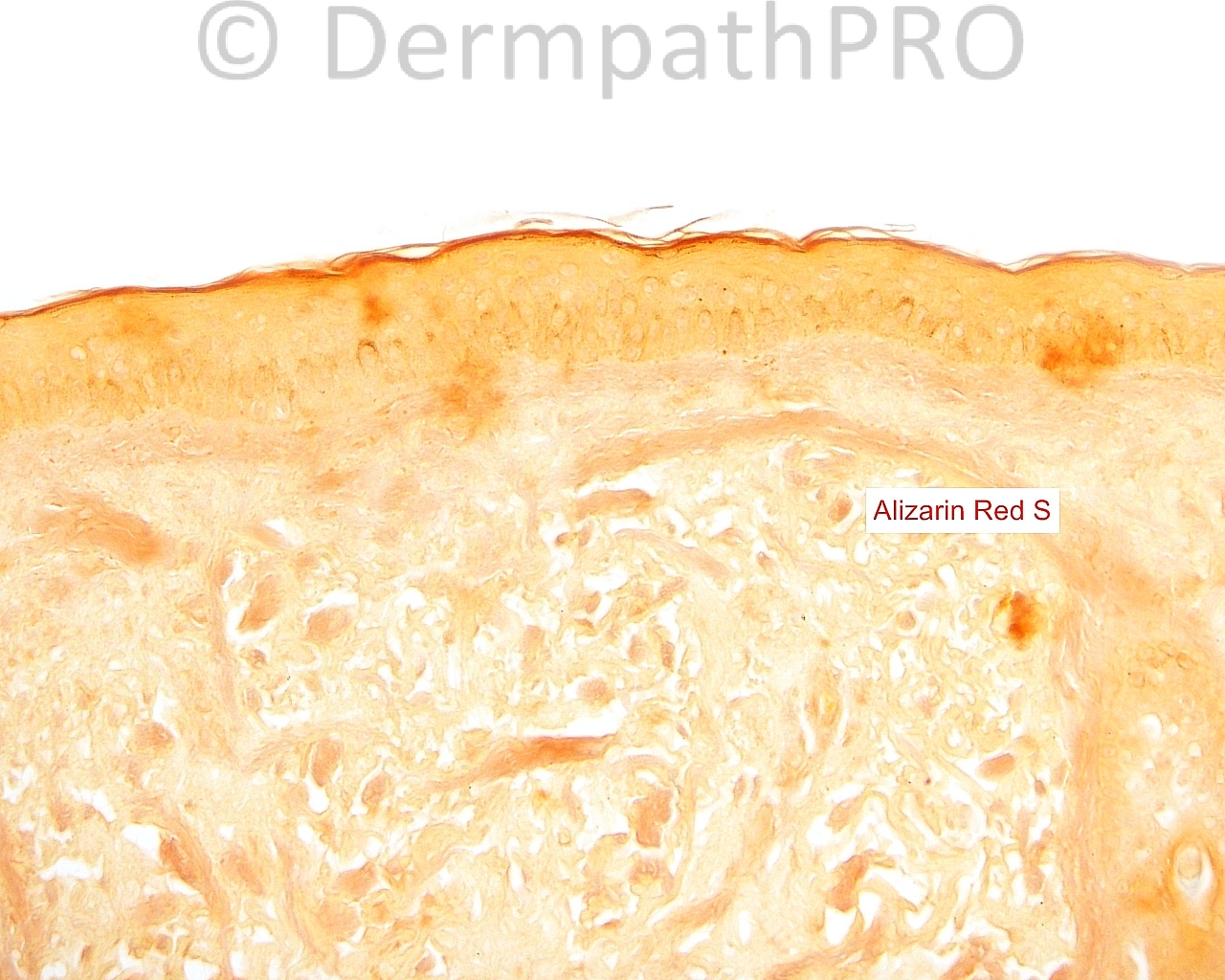
Join the conversation
You can post now and register later. If you have an account, sign in now to post with your account.